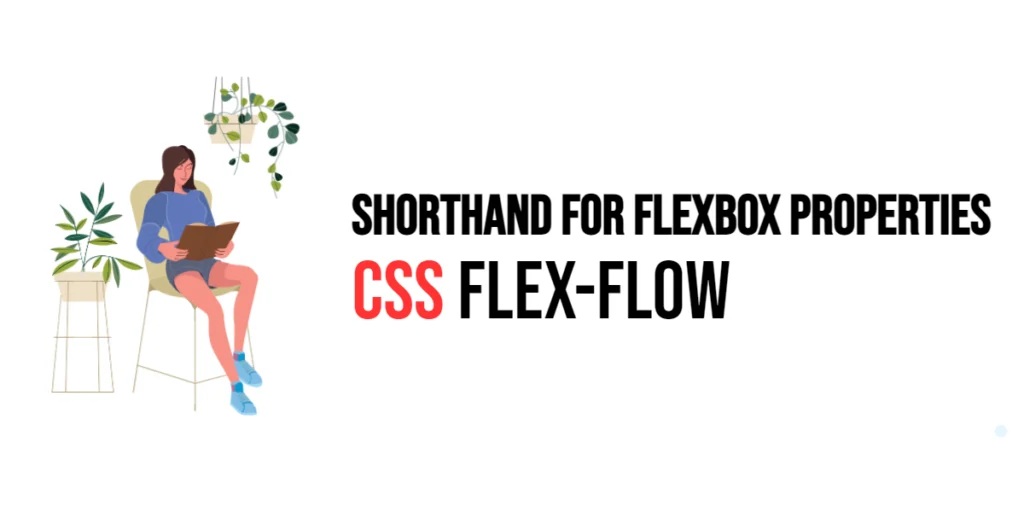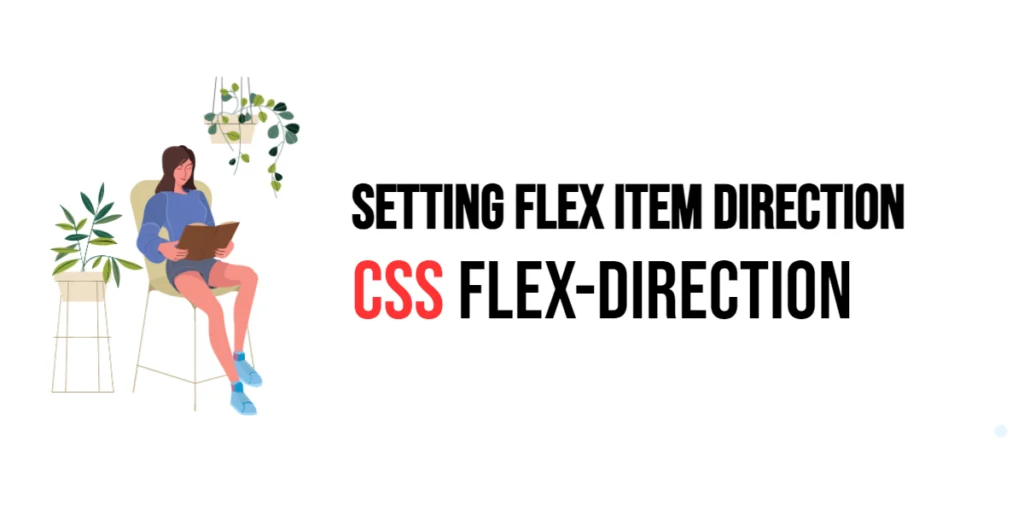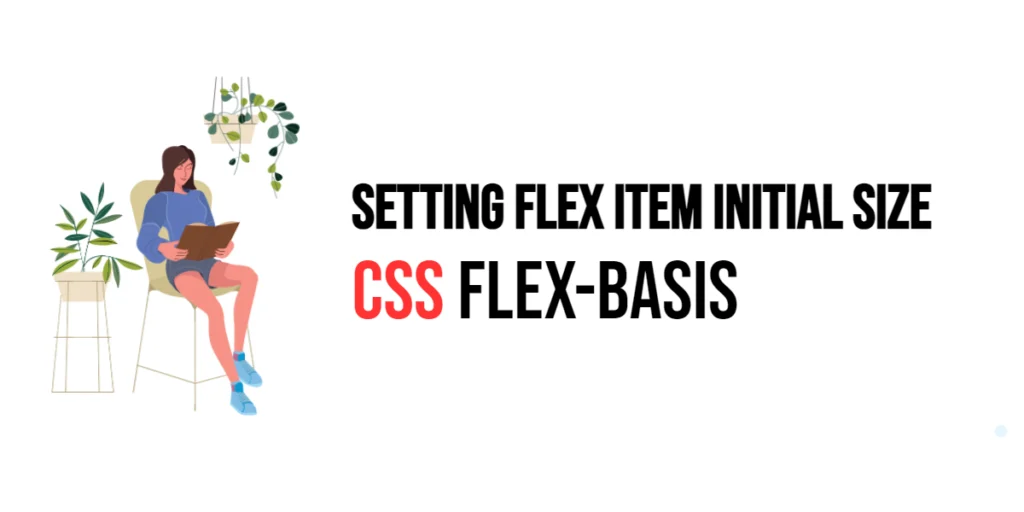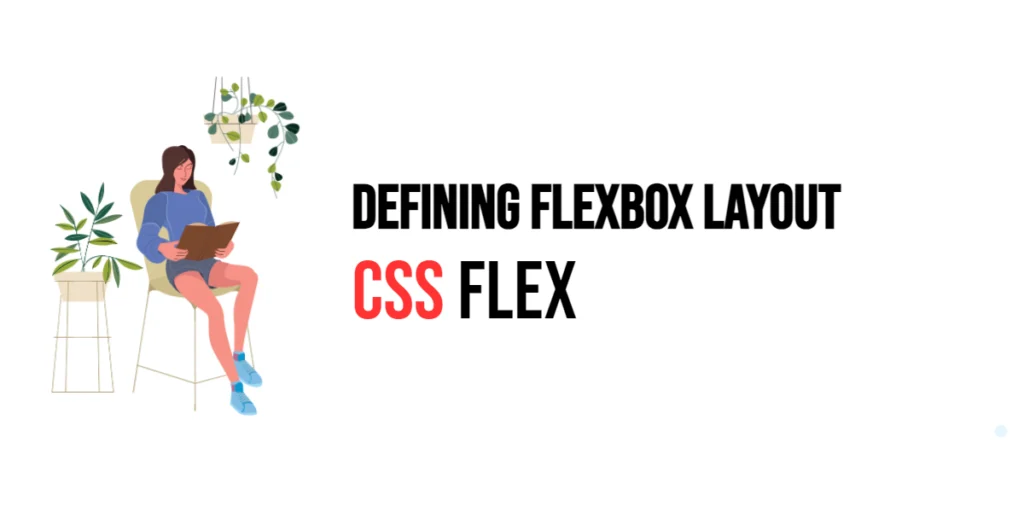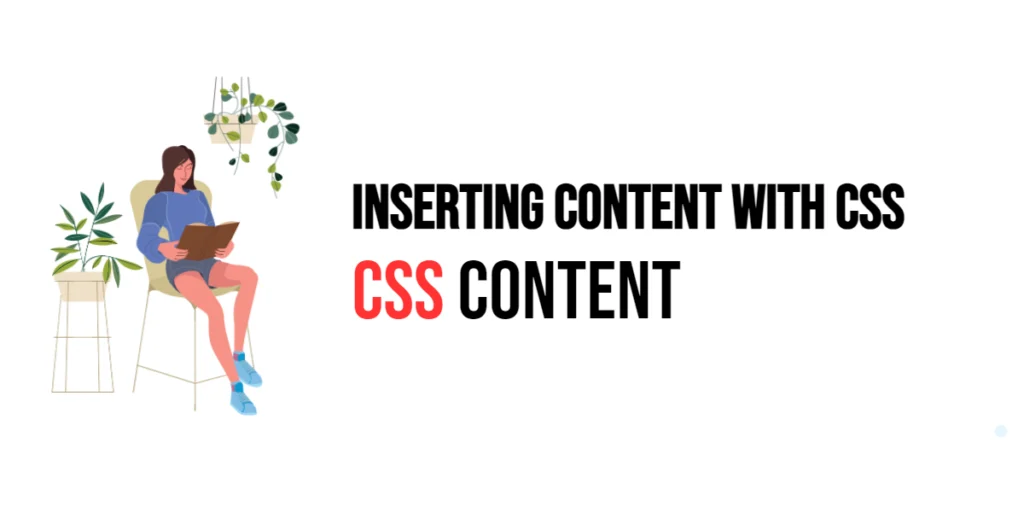CSS: Flex-Wrap – Wrapping Flex Items
The CSS Flexbox model is a powerful layout system designed to provide flexibility and control over the arrangement of elements within a container. One of the essential properties in Flexbox is flex-wrap, which determines whether the flex container’s items should wrap onto multiple lines when there isn’t enough space. The flex-wrap property allows developers to […]
CSS: Flex-Wrap – Wrapping Flex Items Read More »



